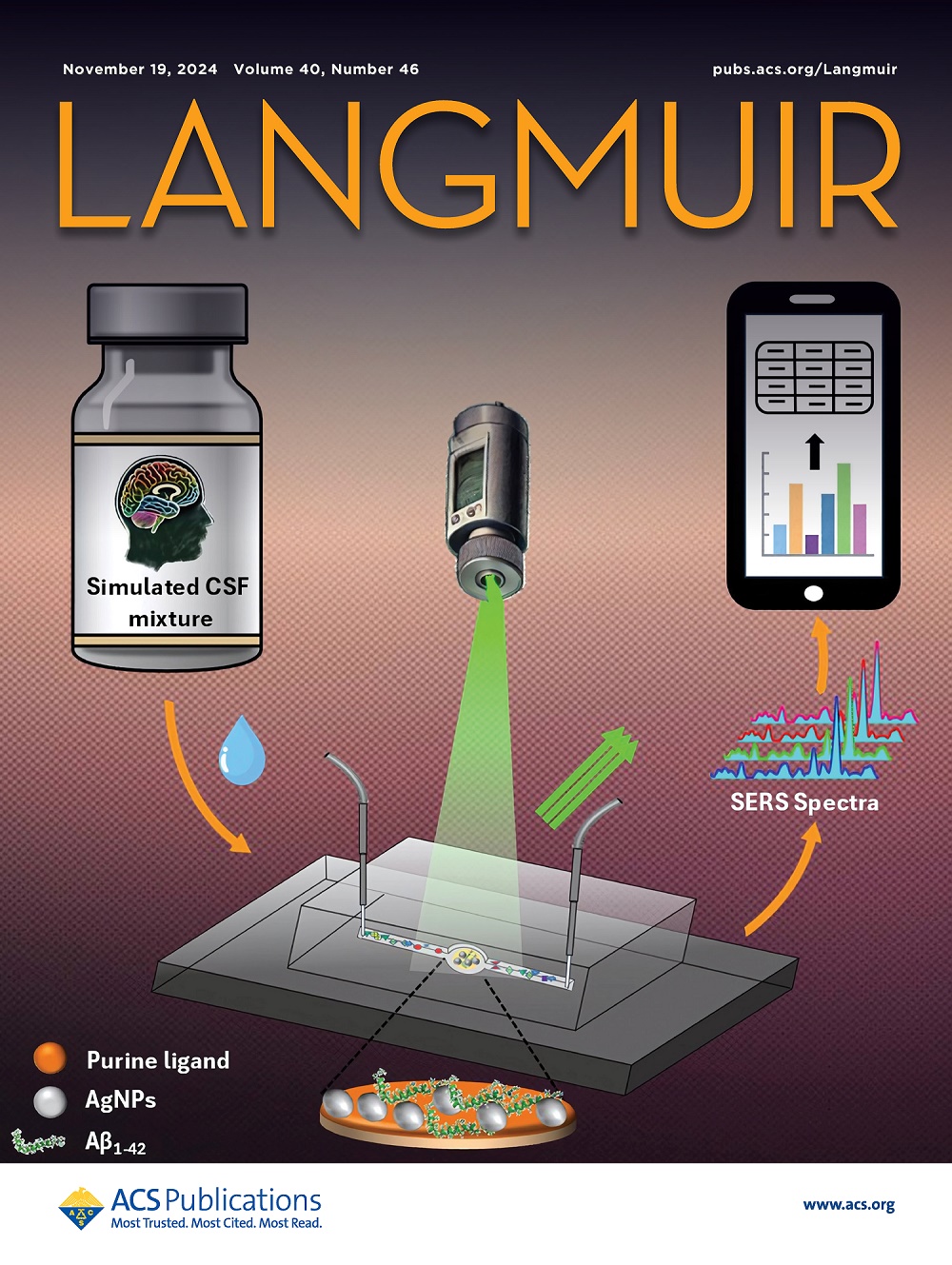Regional Characteristics in Ultradeep MXene Slit Nanopores: Insights from Molecular Dynamics Simulation
IF 3.7
2区 化学
Q2 CHEMISTRY, MULTIDISCIPLINARY
引用次数: 0
Abstract
The presence of slit nanopores in MXene materials inevitably influences the electrochemical performance of supercapacitor electrodes. However, most studies focus on experimental approaches, lacking microscopic-scale analysis. Here, we performed molecular dynamics (MD) simulations to thoroughly analyze and predict the ion transport pathways and energy storage mechanisms of MXene/ionic liquid (IL) supercapacitors with ultradeep slit nanopores. The simulation results indicate that during the charging process, counterions migrate from the bulk region into the electrode pores, forming a counterion layer near the electrode surface, while some co-ions gradually exit the pores. When charging is completed, a distinct ion layering structure emerges. As the interlayer spacing varies, the ion distribution in the electrode pores exhibits regional characteristics: in the ordered region near the bulk region, a stable electrical double-layer (EDL) structure is maintained, whereas in the deeper mixed region, persistent co-ion presence and significant disorder are observed. Dominated by the mixed region, the total energy variation of the electrode decreases as the interlayer spacing decreases, with energy changes of 8526.52, 7443.52, and 6640.99 kJ·mol–1 at interlayer spacings of 1.2, 1.0, and 0.8 nm, respectively, representing reductions of approximately 12.7 and 22.1% compared to 1.2 nm. In the mixed region, after compensating for the interaction between counterions, the contribution of the interaction between counterions and electrode increases with decreasing interlayer spacing, reaching 123, 153, and 176% at 1.2, 1.0, and 0.8 nm, respectively. An increasing amount of energy is offset by interactions related to the co-ions, ultimately leading to the observed energy differences. These findings offer new insights into the impact of nanopore structure on supercapacitor performance and provide theoretical guidance for optimizing electrode design.

求助全文
约1分钟内获得全文
求助全文
来源期刊

Langmuir
化学-材料科学:综合
CiteScore
6.50
自引率
10.30%
发文量
1464
审稿时长
2.1 months
期刊介绍:
Langmuir is an interdisciplinary journal publishing articles in the following subject categories:
Colloids: surfactants and self-assembly, dispersions, emulsions, foams
Interfaces: adsorption, reactions, films, forces
Biological Interfaces: biocolloids, biomolecular and biomimetic materials
Materials: nano- and mesostructured materials, polymers, gels, liquid crystals
Electrochemistry: interfacial charge transfer, charge transport, electrocatalysis, electrokinetic phenomena, bioelectrochemistry
Devices and Applications: sensors, fluidics, patterning, catalysis, photonic crystals
However, when high-impact, original work is submitted that does not fit within the above categories, decisions to accept or decline such papers will be based on one criteria: What Would Irving Do?
Langmuir ranks #2 in citations out of 136 journals in the category of Physical Chemistry with 113,157 total citations. The journal received an Impact Factor of 4.384*.
This journal is also indexed in the categories of Materials Science (ranked #1) and Multidisciplinary Chemistry (ranked #5).
 求助内容:
求助内容: 应助结果提醒方式:
应助结果提醒方式:


